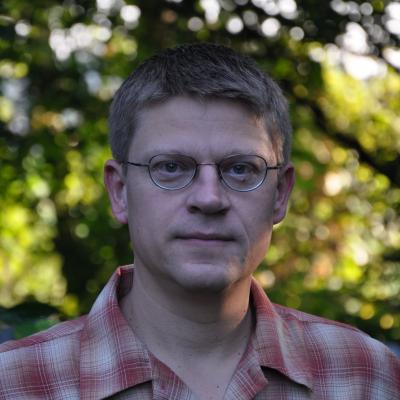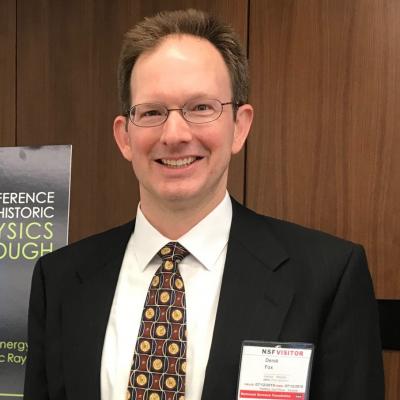
Neil Gehrels Swift Observatory
Gamma-ray bursts are fleeting events, lasting only a few milliseconds to a few minutes, never to appear in the same spot again. They occur from our vantage point about once a day. Some bursts appear to be from massive star explosions that form black holes. The Swift observatory comprises three telescopes, which work in tandem to provide rapid identification and multi-wavelength follow-up of GRBs and their afterglows. Within 20 to 75 seconds of a detected GRB, the observatory will rotate autonomously, so the onboard X-ray and optical telescopes can view the burst. The afterglows will be monitored over their durations, and the data will be rapidly released to the public. The X-ray Telescope (XRT) and the UV/Optical Telescope (UVOT) were built by Penn State and collaborators at Leicester University and the Mullard Space Science Laboratory (both in England) and at the Osservatorio Astronomico di Brera (in Italy). In addition, Penn State is responsible leads Mission Operations Center, which operates the satellite. [Text and image from https://www.swift.psu.edu/ and https://www.nasa.gov/mission_pages/swift/main]





